Director: Kim Yong-Wan
Producer: Han Dong-Hwan
Cast: Ma Dong-Seok, Kwon Yool, Han Ye-Ri, Choi Seung-Hoon, Ok Ye-Rin, Yang Hyun-Min, Kang Shin-Hyo, Lee Kyoo-Ho, Bae Myung-Ho, Kim Dong-Hyun
Running Time: 108 min.
By Paul Bramhall
In 1987 Sylvester Stallone famously headlined the arm wrestling movie Over the Top, having agreed to star in it believing that, in all likelihood, nobody would watch it. He was wrong, of course, as despite its ludicrous premise of attempting to make arm wrestling look cinematic, it is in fact a title in Stallone’s filmography who even causal film fans are familiar with. Despite Over the Top’s unexpected journey into the realms of pop culture, it’s safe to say that the lack of any other arm wrestling movie appearing in the following 20 years, is probably as good a sign as any that one was enough. Until now. More than 20 years since the Cannon Films magnum opus, in 2018 the South Korean film industry has revived the cinematically ignored sport to bring us Champion.
Not to be confused with the 2002 biopic of boxer Kim Deuk-gu, which shared the same name, the most recent incarnation serves as a starring vehicle for one of the most recognizable faces in Korean cinema, Ma Dong-seok. An imposing presence onscreen, Dong-seok’s stocky and muscular frame has seen him in a variety of entertaining roles over the years. For myself he first registered as Lee Byung-hun’s oversized hammer wielding henchman in 2008’s The Good, The Bad, The Weird, and since then his popularity has grown significantly. The finale of Veteran literally pauses just so he can make a cameo appearance, and he steals the show in Train to Busan as a protective husband, partial to punching zombies in the face. While Dong-seok has headlined movies before, they’ve usually cast him as psychotic killers, such as 2013’s The Murderer and 2015’s Deep Trap.
However it was Kang Yoon-sung’s 2017 action flick The Outlaws that finally learnt to balance his imposing physicality alongside his playful personality, utilising his penchant for comic timing just as much as his action chops. In Champion director Kim Yong-wan also proves to be a good match for Dong-seok’s talents, and despite diving straight into some arm wrestling action within the first 5 minutes, it soon becomes clear that he has a broader story to tell beyond who has the strongest bicep. Champion marks Yong-wan’s sophomore full length feature, having previously helmed the similarly sports themed Return Match in 2014. In the time in-between he’s mostly worked in the world of Korean TV drama, and Champion’s themes certainly have overtones of the material often explored in such dramas, but Yong-wan proves capable of elevating the material to make it work as a movie.
Proceedings open in an L.A. nightclub, where Dong-seok works as a bouncer. Playing a Korean adoptee that was raised in the States, as the only Asian in his community things were tough, until as a young man (in perhaps the biggest self-referential wink to the audience this year) he watched Over the Top, and became inspired to become an arm wrestler. So yes, Champion deserves some credit for not shying away from acknowledging its obvious source material. However in a tournament that took place several years ago he was unfairly disqualified (mentioned in a throwaway line about doping and racism), and since then he’s been stuck in a rut working unfulfilling security gigs in nightclubs and supermarkets. When his Korean friend offers him a chance to travel to Seoul and take part in an arm wrestling tournament, he decides to take it, and seize the opportunity to see if he can re-connect with his biological family.
Yong-wan, who also wrote the screenplay, seems to have custom made the role specifically for Dong-seok. As a young man he did indeed spend time living in the States (Ohio specifically, which is also referenced in the movie as being where his character grew up), and feeling out of place turned to working out, piling on his considerable mass before becoming a personal trainer. Due to this history, Dong-seok delivers the considerable amount of English dialogue his character has with aplomb, avoiding the pitfalls that many of his contemporaries have fallen victim to. In fact as an adoptee, he’s portrayed as being more comfortable speaking English than in Korean, which also leads to numerous other culturally contrasting moments of humour, which hit the mark with amusing regularity.
The decision to make Dong-seok’s character a US adoptee is an interesting one, as despite the massive number of Korean adoptees spread across the world, they very rarely make appearances in their biological countries film output (on a side note, for those interested I’d strongly recommend checking out Danish Korean adoptee Malene Choi’s docu-fiction The Return – specifically about the subject). Spurred on by his friend, played by Kwon Yul (The Admiral: Roaring Currents), Dong-seok attempts to track his birth mother, only to stumble across a sister he never knew he had, played by Han Ye-ri (Sea Fog), and her 2 children. The relationship that forms between them becomes the heart of Champion, with the sub-plot of how both his friend and sister are heavily indebted to a bunch of loan sharks, connected to an illegal gambling syndicate (involving, you guessed it, arm wrestling), acting as the framework that ties it all together.
There’s no doubt that those looking for a sports drama of bicep curling heroics will come away from Champion disappointed. There is a heavy dose of arm wrestling action, however it’s there to propel the plot forward, rather than it being the plot. One scene teases at the potential to go into the different techniques used in arm wrestling, but it’s quickly glazed over in favour of watching Dong-seok attempting to make American style burgers for his niece and nephew. However this works in its favour, and the frequently telegraphed heart-warming moments are balanced out by the macho posturing the presence of the loan sharks regularly prompts. One part even features Yul being beaten up on a neon drenched rooftop, decked out in a trench coat that’s clearly a homage to a similar scene in A Better Tomorrow.
The reason behind Champion’s success is largely due to the chemistry shared by the core group of characters. The kids constantly referring to Dong-seok as a ‘beast’ is reminiscent of the self-depreciating humor Sammo Hung would often inflict upon himself in his own movies, and Dong-seok himself is able to strike that similar balance between vulnerability and bad assery. Yul and Ye-ri stand out as the most fully developed supporting characters, both struggling with their own personal issues, and adjusting to the new dynamic the presence of Dong-seok brings to their lives. The story may play out following the genres traditional formula a little too closely, but it’s delivered with such sincerity and good will that you’d have to have a heart of stone not to enjoy the ride.
The loan sharks on the other hand don’t fare so well, with little else to do than provide evil laughter and show up to intimidate the stall owners who owe them money. While their portrayal is completely 2 dimensional, in the context of the story it works. Champion ultimately feels like a family-friendly film to be enjoyed by all ages, and to that end the fact that the bad guys are basically there to be bad and nothing more fits in with the overall feel. For the finale Dong-seok has to face off against Lee Kyu-ho for the second time in as many years, the first being the previously mentioned The Outlaws, a man mountain and one of the few performers out there capable of dwarfing Dong-seok when stood side by side. As an arm wrestler recently released from prison, with a passion for breaking his opponent’s hands, he does just enough to introduce the element of danger required for any finale in a sporting movie to be effective.
At the end of the day Champion is a generic tale of overcoming the odds and rediscovering what it means to have a family, and while it’s one that we’ve seen done any number of times before, when it’s done well such stories still deliver the feel-good factor and give us that fuzzy warmth inside. Anchored by Dong-seok in his most distinctive role to date, Champion does exactly that, and furthermore does so unapologetically. For that, it can’t be faulted.
Paul Bramhall’s Rating: 7/10


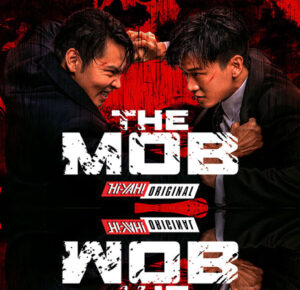
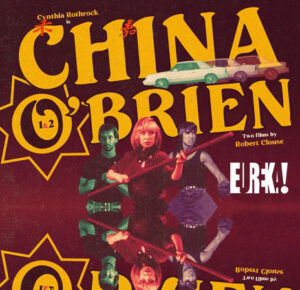
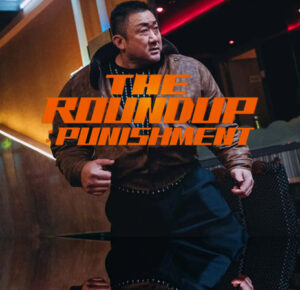
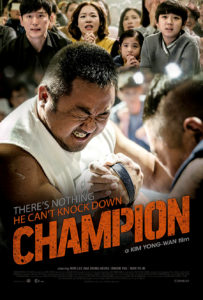

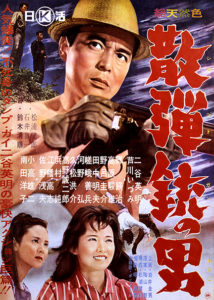

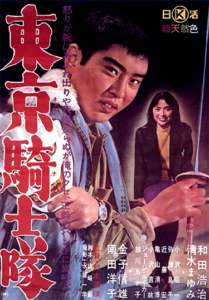
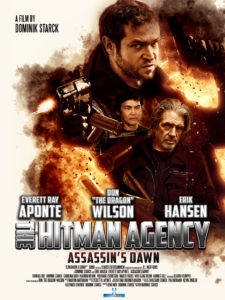
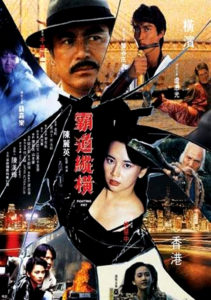





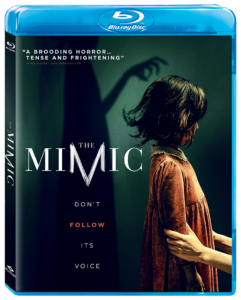

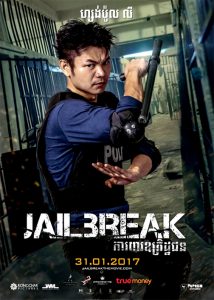



1 Comment